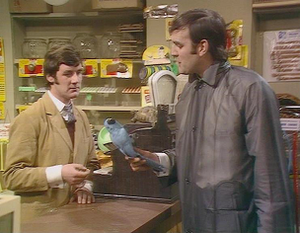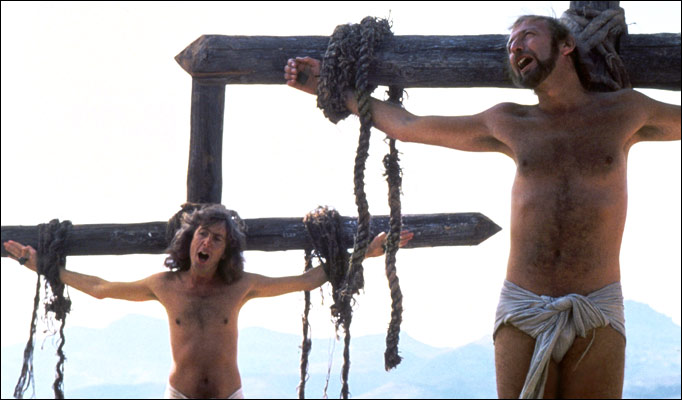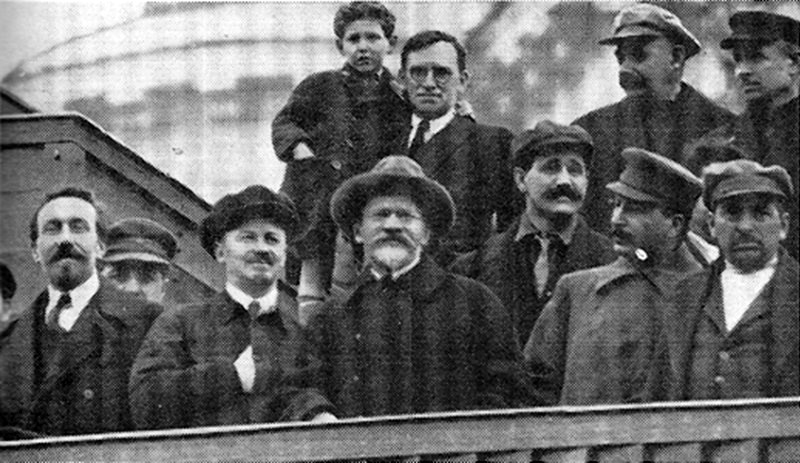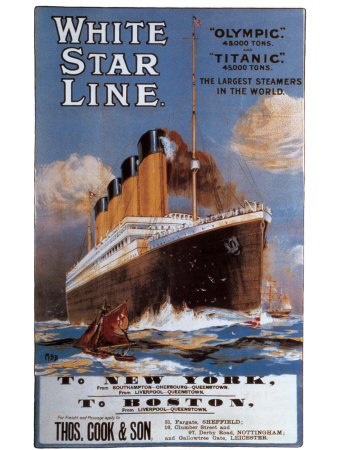
Every PR professional with any experience is familiar with the idea of the elevator pitch. Alternately known as the 'elevator speech' or 'elevator statement', it's a short summation used to get a point across as quickly and coherently as possible - hypothetically within the time typically spent on an elevator. It's the sort of thing PR people the world over are enlisted to help business executives, politicians and other public figures develop and deliver. It's also the sort of thing that comes in handy to PR folk themselves, either when trying to transmit key messages over the phone (or, potentially, on an actual elevator) or even trying to convince somebody that our services are absolutely invaluable.
There are plenty of online resources dedicated to crafting and delivering the perfect elevator pitch, as well as a glut of blog posts purporting to tell you the top five or top ten or top two secrets to the perfect elevator pitch. This is not one of those posts. For one thing, so many of these posts state what to my mind is plainly obvious, namely that you need to keep it short and concise and refine your key messages. The one point I would add to the predictable adages would be to practice your pitch on your dog - or if you don't have one, somebody else's dog. If you can get your message across within the length of time the average dog can sit still and pay attention, you're good to go.
Do elevator pitches work? Absolutely. And sometimes they change the course of history. And in certain cases, they have actually taken place in elevators. The story of a young lad named Kakuei Tanaka and his chance meeting with one of Japan's most influential prewar industrialists on an elevator in Tokyo shows just how valuable having that 60-minute self-promotional sales pitch at the ready can be
Former Japanese prime minister Kakuei Tanaka is without doubt Japan's most memorable postwar political figure. While perhaps not the greatest prime minister in Japanese history, he was most definitely the most fascinating - and arguably the most influential. He was gregarious, megalomaniacal and possessed with an almost fanatical devotion to his constituents and allies. Tanaka was, in Canadian terms, a sort of amalgam of Chrétien's down-home charm, Trudeau's arrogance and Mulroney's ethical pliancy - with more than a little bit of Berlusconi thrown in for good measure.
Born into a destitute farming family in rural Niigata Prefecture in 1918 and arriving in Tokyo as a teenager with a eighth grade education and an thick Niigata accent, his rise to power was totally improbable. While his tenure as PM lasted only two years (though long compared to the parade of lemmings that have occupied the office in recent years), the man thoroughly defined Japanese politics for well over a decade and his ghost still haunts the halls of Nagatacho 20 years after his death. Twice jailed for accepting bribes from industrial stakeholders and dogged by scandal his entire career (most notably by the notorious ANA-Lockheed Scandal in the 1970s), his Robin Hood/Mafioso persona continues to fascinate and polarize.
 |
| Watergate, shmatergate! 12 bribery scandals and I'm still king of the world! |
In a sort of flawed Horatio Alger story, Kaku-san (as his supporters called him) went to the big city with a mission: to bring hinterlands like his own into modern Japan through mass infrastructure development. His system, known in Japan as the 'construction state' (土建国家, Doken Kokka), has been lauded for making Japan a world leader in infrastructure and helping spread the country's postwar prosperity to its farthest flung corners and derided for fostering corruption, littering the countryside with ugly (and often unnecessary) public works and ratcheting up the country's national debt. Love him or hate him, he remade his country.
What few people know about Tanaka is that he would most likely have lived a life of total anonymity were it not for a chance meeting on a Tokyo elevator in 1937 with the Viscount Masatoshi Okochi, a powerful industrialist in prewar Japan. Tanaka was 18 years old at the time and working as an errand boy for a construction company. Tanaka biographer Steven Hunziker tells the story thusly:
Kakuei, a novice at Nakamura, was often sent to the headquarters of Riken for delivery and pickup. One day, while on just such a mission, he rushed through a crowd of waiting employees in the lobby of Riken in an effort to catch a strangely empty elevator. It was empty because the Viscount Okochi was on it. Kakuei's impertinence was indeed embarrassing. A few days later he found himself in an identical situation. However, this time he demonstrated some circumspection and waited outside with the others. The Viscount, remembering the youth, inquired as to why he was being so slow to get on the elevator. Kakuei, always opportunistic, took his cue and joined the Viscount.
From there, he secured a chance for a meeting in the Viscount's office later that day. He quickly related to the Viscount the tale of his pilgrimage to Tokyo. Responsive to Kakuei's ambitious nature, Okochi decided to give the lad a chance to prove himself capable of higher station and promised to grant one wish. Kakuei requested help in establishing his own drafting office. The Viscount complied and thus the Kyoei Architectural Office came into being. The Viscount supplemented the request with a healthy array of introductions to potential business clients.From this point on, Tanaka wasted no time marrying his way into the upper classes and maneuvering his way into politics. By 1948 at the age of 29 he was appointed Vice Minister of Justice (an astounding achievement in the gerontocratic world of Japanese politics), and he continued to climb the political ladder in a system dominated by blue-blooded hereditary politicians. As PM he was unafraid to antagonize the United States over trade caps while causing some consternation in Nixon's White House by normalizing diplomatic ties with the People's Republic of China ahead of Washington. And while Tanaka and Nixon would both be toppled in 1974 due to scandal, Tanaka only seemed to grow stronger with controversy - and was even managing party affairs from his prison cell.
The moral of this story? Look for an opportunity to accost an influential person on an elevator, barge in, go completely above your station, defy whatever cultural conventions you were born into - and get that elevator pitch across. It also helps to have vast reserves of insouciant self-confidence, something that Tanaka demonstrated at every juncture. It also helps to have a good story, and the story of the Niigata farm boy determined to take on the big boys in the capital not only impressed the Viscount and got Tanaka his first job, but also drove his career and sealed his sordid spot in Japanese history.
Stephen Hunziker's delightful illustrated biography of Kakuei Tanaka is unfortunately out of print. Fortunately, the book is available online in its entirety here.




























